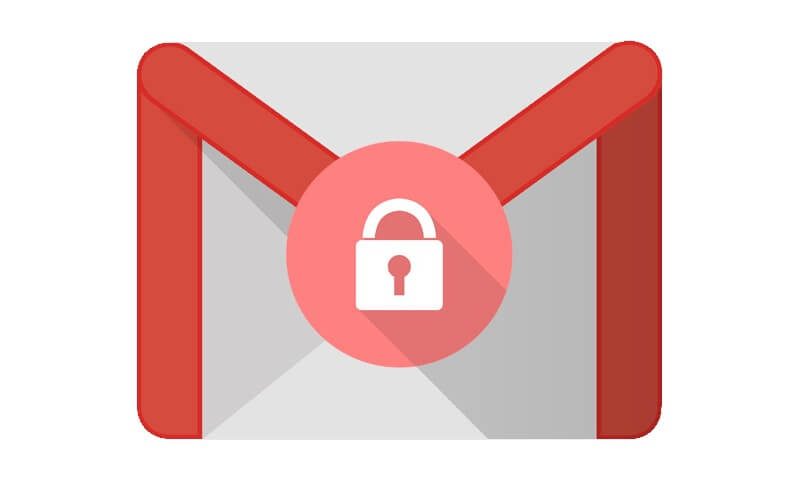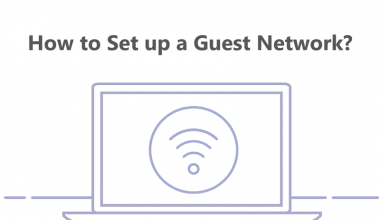Gmail is among the most commonly used providers of email services. Native authentication and robust operational controls allow consumers and businesses to protect Gmail by reducing the threats of malicious software and hackers.
Google encrypts all of your mail, but the authentication isn’t powerful enough to ensure that your business deals and private conversations don’t end up in somebody else’s pocket. Gmail encryption has some limits, but using an extra layer of encryption by using the third party ads-on it can be quickly improved.
TLS Encryption
Google has been using Transport Layer Security, like other safety-conscious companies, to encrypt the emails. Your emails travel through an encrypted tunnel. But the Transport Layer Security system relies on the email service providers of both the recipient’s and sender’s, and because of that, it cannot work correctly.
The browser which you use to send Gmail Encrypted emails contacts the server of Google and a secure connection is developed. After encryption, mails are sent to your server and then decrypted. This process of encryption keeps going at each server until it arrives at the server of the recipient.
- Transport Layer Security is a protected service, but you should also use the encryption of Google.
- TLS won’t work if there is no TLS encryption at the recipient’s side. Both the sender and receiver should use the TLS encryption.
- TLS encryption because it is not so secure, and hackers can still access your mails.
- Transport Layer Security is not ending to end encryption, and it’s easy for hackers to access your mails.
- Google bots can crawl through the mails because TLS cannot encrypt your emails. These bots can access and read your emails, and they can share some of your essential information with other parties.
What is Gmail Confidential Mode
Google has launched the Gmail Confidential Mode, which broadens the TLS authentication service. Users can enforce the simple access control over the mails through Gmail Confidential Mode. Users can stop the acts of printing and forwarding, set expiry dates of the mails, and cancel the access from some accounts.
1. End to End Encryption
End-to-end authentication is always at the core of protection techniques based on data. End-to-end authentication protects any bit of data in a protective layer throughout all stages, and it guarantees that only the receiver and sender may access the email. Even after leaving the platform of email, this security sticks with your information wherever it travels.
If your information is not secured on its own, and it depends on TLS authentication, there is a higher risk, which could lead to security issues. Using end-to-end encryption ensures that your company is completely compliant with data protection laws.
Besides, end-to-end encryption by using a third-party plugin would stop the leakage of your information to your service provider. Encryption keys are required to decrypt the encrypted data. You should always store the private information and the encryption keys separately.
2. Implement the Encryption via Third-Party Provider
Use third-party software which provides significant, data-centric authentication to effectively remove all the threats and develop strategies for email security. This means that all the unwanted users like Google, malware, or even the third-party provider will have no exposure to your data. The default encryption of Gmail is auto, so it needs no installation and works perfectly for all the receivers.
Email authentication add-on must be relatively user-friendly and interoperable much better. Search for the provider, which ensures one-click encryption. Encryption must operate as an add-on to the browser.
The vulnerabilities in TLS should also be resolved through the Gmail encryption feature. Use authentication on the other side to secure the messages and documents, instead of just the server connection.
3. Encrypt your Gmail through Traditional ways
There are some methods by which you can encrypt all of your mails, and no one can access your emails.
(1) S/MIME Encryption
It’s easy to encrypt the emails by using customer-specific keys with S / MIME, which are required to exchange with the recipient; otherwise, you cannot decrypt the emails. By using this ad-on, you can check the encryption level of your messages.
- Although it is better than Transport Layer Security, it still has some drawbacks as the recipient still has to use S / MIME. The email can be compromised once it reaches the target database again, and Google can even check your messages.
- It also adds a step that you have to take before you send an email. This could be annoying to those who carry dozens of emails per day. The encryption is not enabled by default, so you need to tell the administrators from G Suite to do that for you.
(2) Third-Party Plugins
The following are some plugins for securing the emails.
- Secure Mail
This plugin is specially designed for the users of Google Chrome, and it works close to Flowcrypt. While sending the mails, ensure that you have tapped the lock icon. This will encrypt your emails.
With Secure Mail, the sender of the message builds a key for the decryption of mail, and the receiver gets the password hint. You can share this private information through some other channels. The receiver should also have secure mail, to decrypt the mail.
- Flowcrypt
Flowcrypt functions as an extension of Firefox or Chrome and provides security to the Gmail Configuration. It provides encryption to all of your mails
To encrypt the mail, you still have to exchange the private key with the recipient. You could also create a password as an option, but you still have to share that password with the receiver.
Conclusion
Many applications and email services offer email encryption, but they are not using PGP / MIME or S / MIME. Although these are much simpler to set but stay careful that they will be running their authentication and might not aim for the same level of security.
Mail encryption offers a safe way to send messages that contain confidential information and a method to receive sensitive information from others.
- It is used mostly by reporters to communicate with sources privately.
- It is also used by companies to share company secrets and confidential information.
- Attorneys use it to protect the case data and critical client.
RitaVPN service
You can use Virtual Private Network in order to be secure against the hacker and online packet sniffers. RitaVPN is one of the most secured VPN services which encrypts all of your data and changes your IP address. You can access all the blocked websites and content by using RitaVPN.






